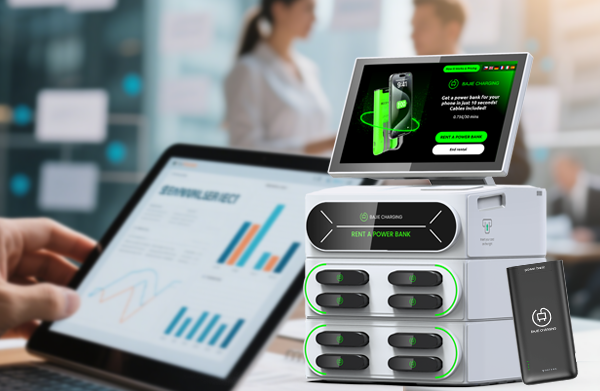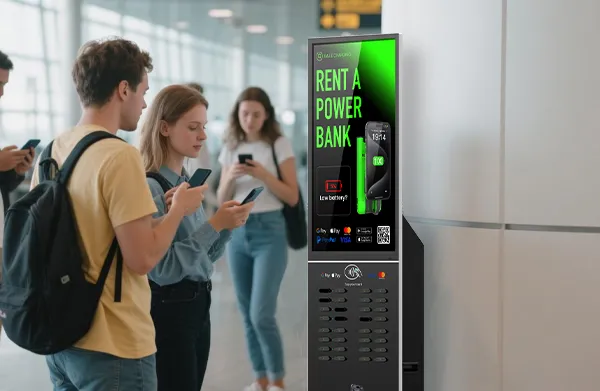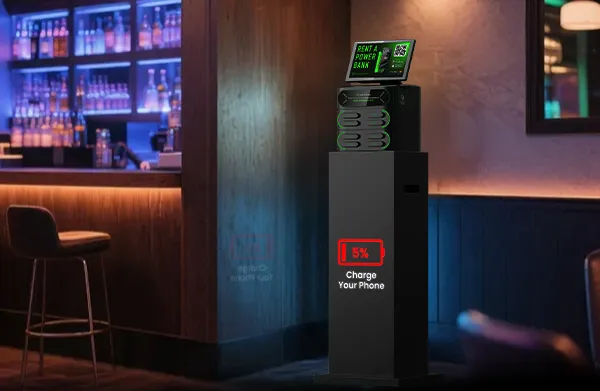Part 1: How does the power bank sharing business model make money?
1.1 Power Bank Sharing Business Process
1.2 What are the main sources of income for mobile phone charging stations?
1.3 What is the profit logic of power bank rental?
Part 2: What is the market size of fast charging power banks? Is there market potential?
Part 3: What are the key success factors for the mobile phone charging station business?
Part 4: What are the recommendations for shared power bank rental station investors?
Smartphones have become central to people’s lives, work, and social interactions. “Battery anxiety” has become a pain point for users globally. Power bank rental stations offer an innovative solution to the problem of mobile device charging. We will delve into the business model, profit logic, and market potential of power bank stations, enabling global investors to understand and seize the business opportunities in the phone charging station market.
The widespread adoption of smartphones has made it more convenient for people in areas ranging from information access and social interaction to mobile payment and entertainment. Whether for business travel, leisure, or daily commuting, the problem of insufficient mobile device battery power is becoming increasingly common.
Phone charging lockers effectively alleviate users’ “battery anxiety” by providing convenient mobile charging services in public places. Users can easily rent shared power banks with simple operations to power up their electronic devices anytime, anywhere. Investors generate revenue through multiple channels such as rental income, advertising income, value-added service income, and product sales.
Part 1: How does the power bank sharing business model make money?
1.1 Power Bank Sharing Business Process
Users can quickly rent shared power banks by scanning the QR code on the charging station cabinet using various payment methods such as camera scanning, in-app scanning, payment code payment, NFC (Apple Pay / Google Pay / Samsung Pay), and POS terminals.
Cell phone charging stations cover high-frequency scenarios such as shopping malls, restaurants, transportation hubs, office buildings, hotels, hospitals, and convenience stores. After use, users can return the power bank to any cell phone charging station network point for convenient returns.
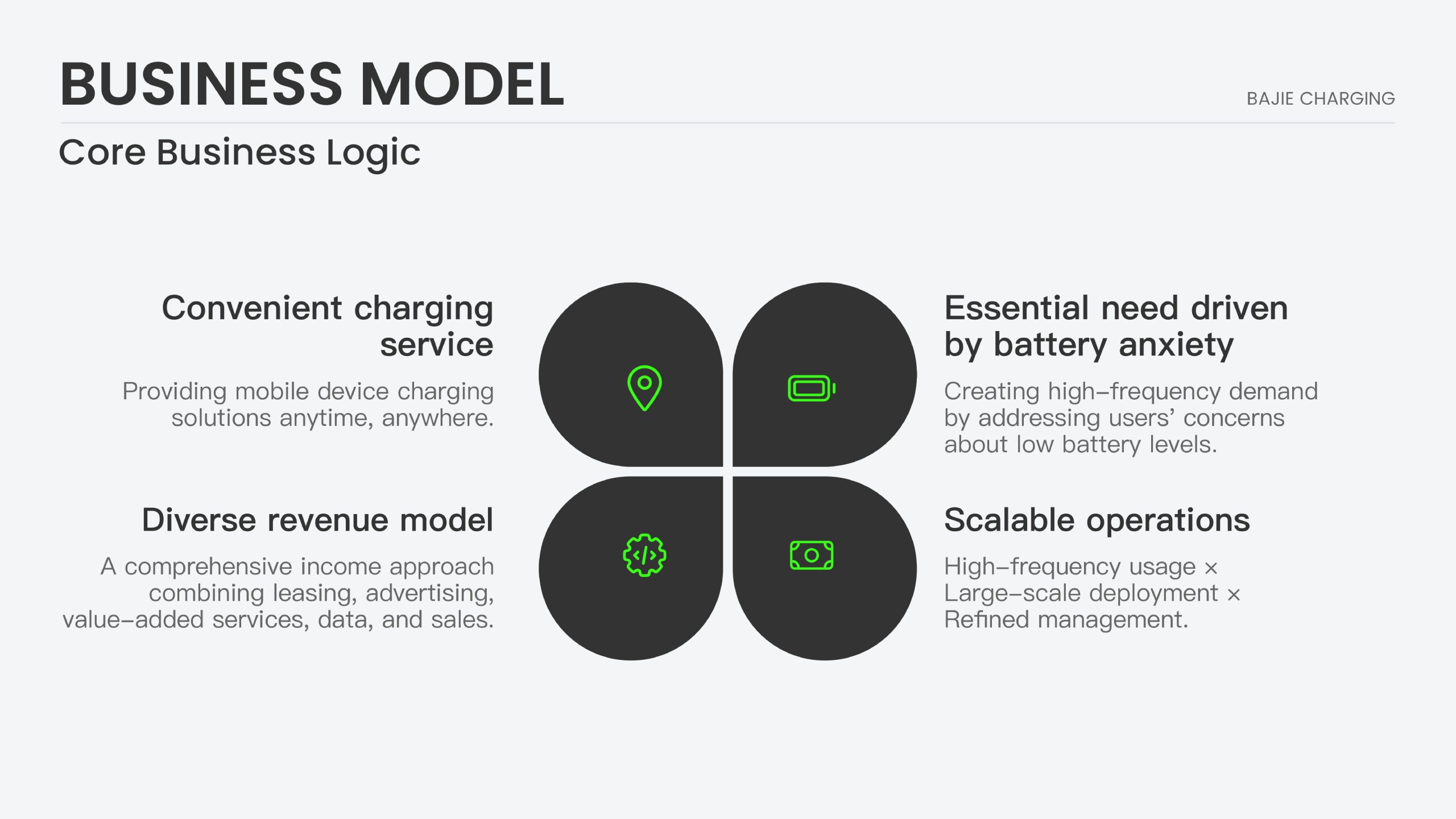
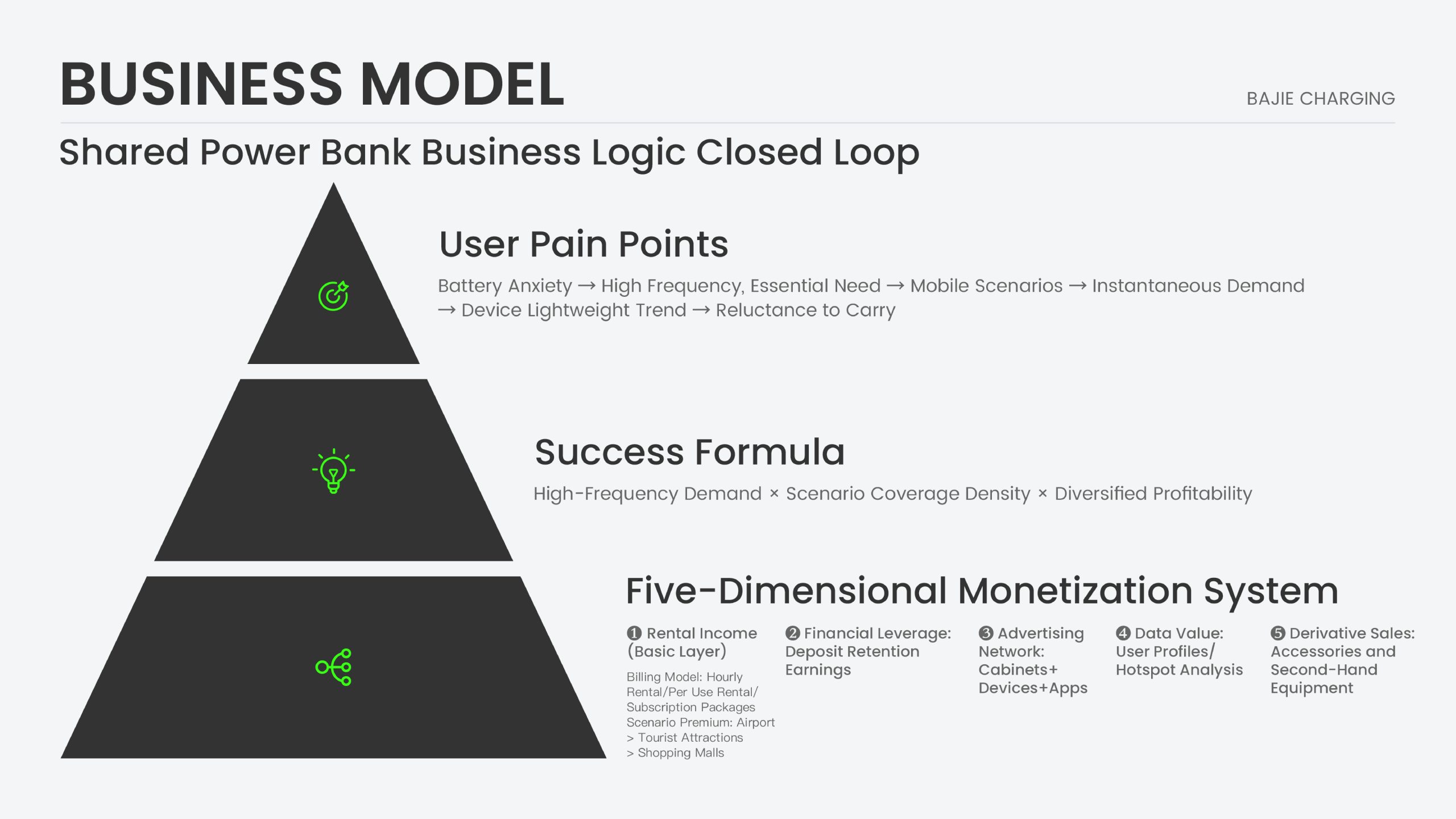
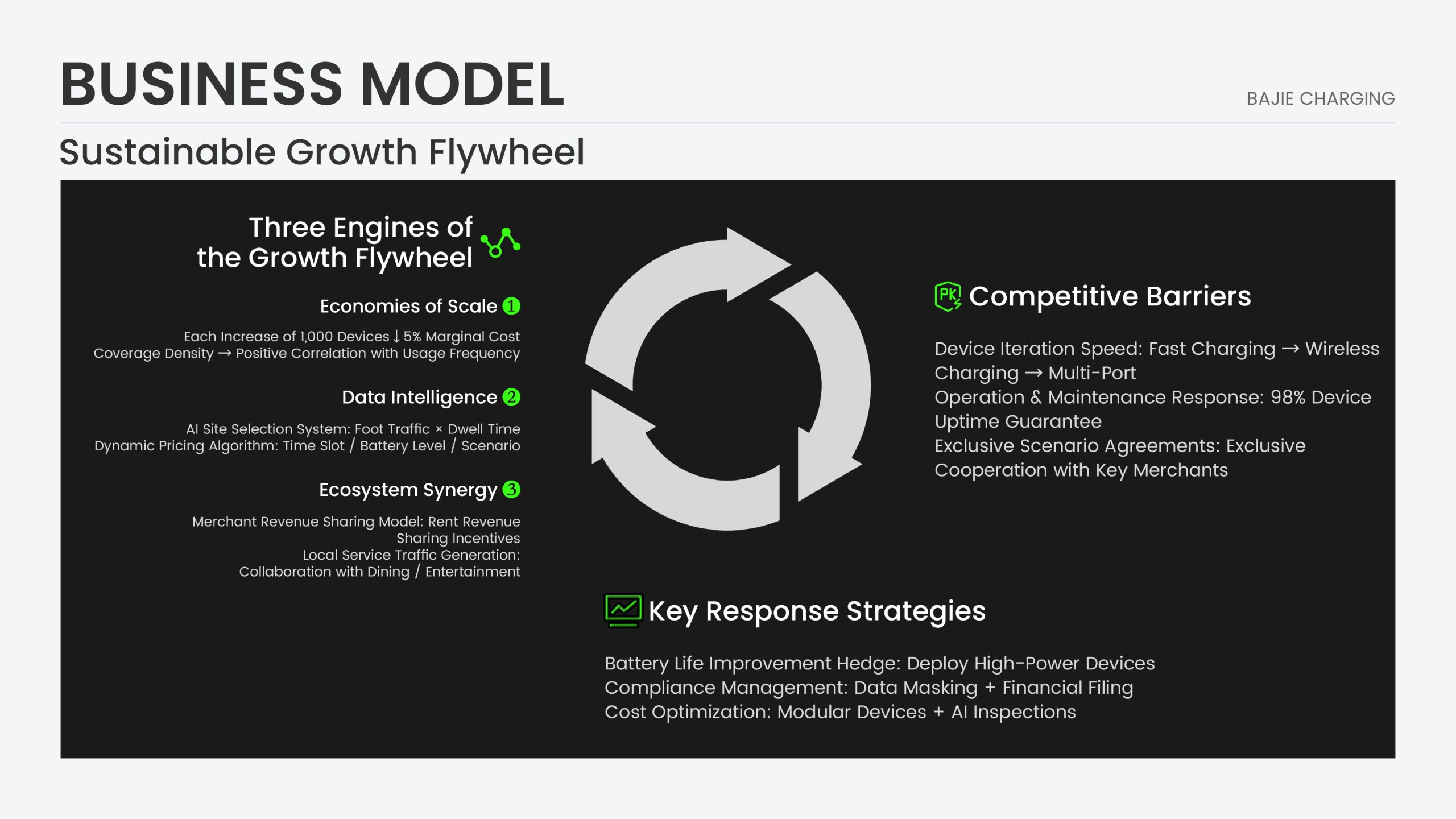
1.2 What are the main sources of income for mobile phone charging stations?
- Rental Income
Rental fees are usually calculated based on usage duration/times/packages. Time-based charging is calculated on an hourly/half-hourly basis. Power bank rental package billing models include daily rental, weekly rental, and other forms, allowing users to purchase charging packages for a certain duration or number of uses to enjoy more favorable prices.
Different scenarios (such as restaurants, shopping centers, transportation hubs, etc.) may adopt differentiated pricing strategies. Flexible pricing adjustments during peak user demand periods (such as weekends, holidays) or special events can increase revenue.
- Advertising Revenue
Cabinet Advertising: Placing brand advertisements on cabinets deployed in high-traffic areas yields better results, supporting various formats such as images and videos. The front, sides, and other areas of the charging station cabinet can all serve as advertising display spaces, comprehensively enhancing brand exposure.
In-App Advertising: Brand advertisements and promotional activities can be displayed within the platform’s mobile application.
Power Bank Body Advertising: Placing advertisements directly on the power bank devices.
Power bank rental can leverage user location and rental frequency data for more precise advertising and brand collaborations, improving advertising effectiveness and revenue.
- Financial Leverage (Deposit Float Income)
Fund Float: Generating income from the flow of funds during the rental period, allowing investors to use the funds for short-term investments or operational turnover.
Collecting Deposits: Charging refundable deposits at the time of rental.
Deposit-Free Trend: Replacing deposit mechanisms with credit assessments can improve user conversion rates and lower the barrier to user adoption. However, overseas markets generally use multiple currencies for payment, with pre-authorization deduction being the primary settlement solution.
- Value-Added Service Income
In-App Services: Providing value-added services such as coupons, membership services, and local lifestyle information recommendations within the app to enhance user stickiness and activity, generating additional revenue.
Brand Collaboration: Partnering with local service providers, such as food delivery and ride-hailing services, to expand profit channels.
- Data Analysis and Service Income
Merchant Foot Traffic Analysis: Analyzing the foot traffic trends of partner merchants based on user rental and return behavior data, providing valuable data insights to merchants.
User Profiling: Building user profiles by analyzing user habits, geographic locations, and other information to provide more precise marketing services to partner brands.
Customized Data Services: Providing customized data analysis reports and solutions for partner brands with specific needs.
- Product Sales
Accessory Sales: Selling peripheral products such as cabinet display racks, branded data cables, fast charging adapters, and portable bags.
Used Equipment Processing: Refurbishing and reselling used equipment. Expanding product sales channels through physical cabinets and online channels, establishing a complete equipment recycling system to achieve resource recycling.
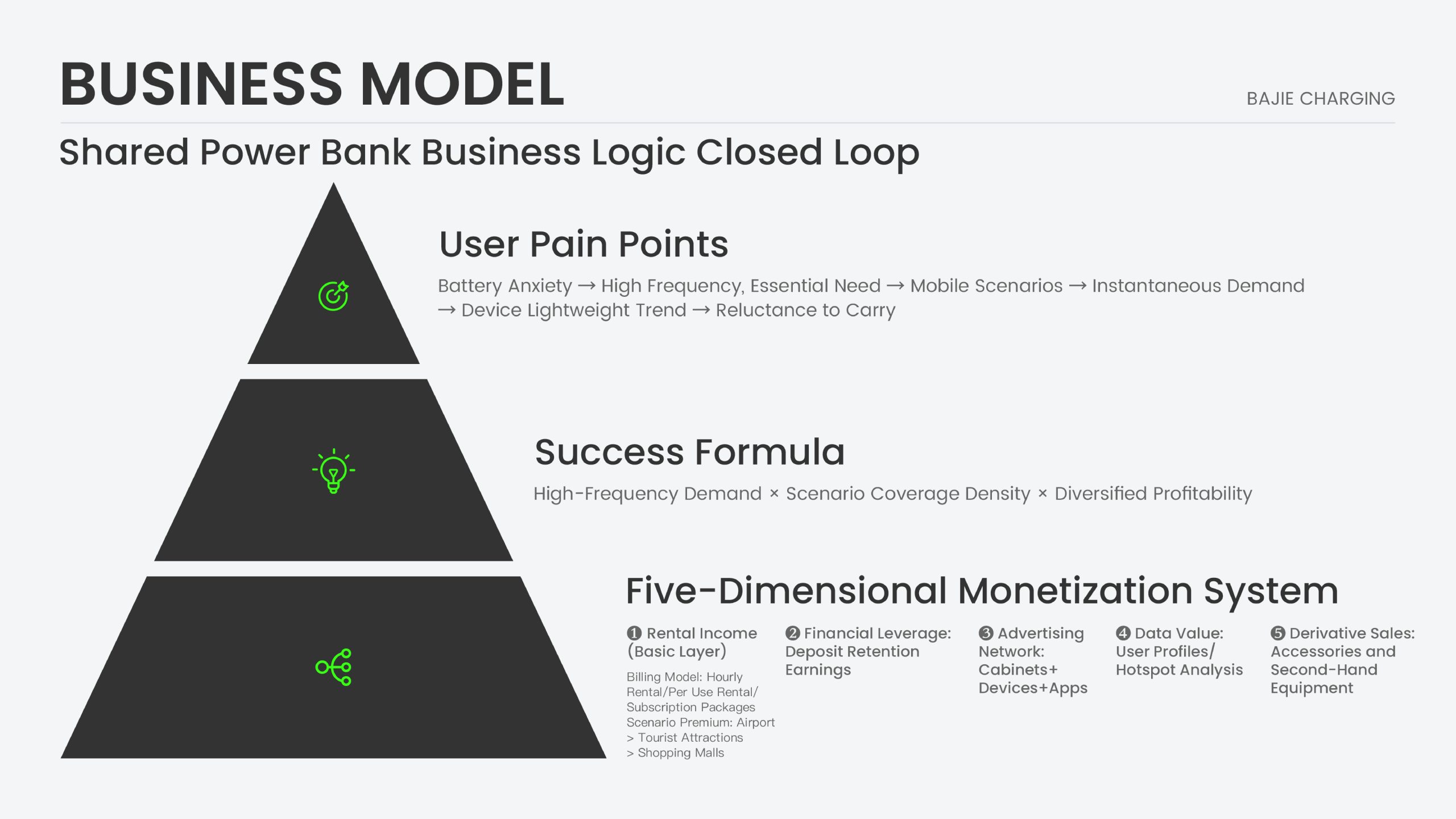
1.3 What is the profit logic of power bank rental?
Scale Effect: Deploying power bank rentals in a sufficient number of high-traffic locations can rapidly cover a large user base, reduce the single operating cost, and achieve economies of scale for profit.
High-Frequency Usage: Selecting high-traffic scenarios with longer user dwell times for fast charging power bank stations can maximize the usage frequency of power banks, leading to higher rental income.
Refined Operation: Implementing intelligent equipment monitoring and scheduling systems to achieve reasonable allocation and timely replenishment of power banks; efficient equipment maintenance and repair to ensure normal operation of the devices.
Diversified Revenue: Not limited to rental income, investors can also increase business profitability and risk resistance through multiple revenue streams such as advertising income, value-added services, and data analysis.
Fast charging power banks leverage the scale effect: the more they are deployed, the higher the usage rate and the lower the cost. The strategy of high frequency and low price attracts a large number of users. Establishing deep channel partnerships with high-traffic locations realizes the value of advertising and user acquisition. Based on precise analysis of user data, continuous optimization of operations and expansion of diversified services enhance overall business competitiveness.
Part 2: What is the market size of fast charging power banks? Is there market potential?
The widespread adoption of smartphones and the increasing time spent using mobile internet have become global trends. “Battery anxiety” is a common problem for smart users worldwide. By analyzing key factors such as smartphone penetration rates, increasing mobile device dependence, and tourism development in overseas markets, we can quickly identify high-potential growth markets for the power bank station industry, such as Southeast Asia, North America, and Europe.
Want to delve deeper into the enormous potential of the global phone charging station market? Click “[What is the market prospect of power bank rental stations? What is the development potential?]“ to explore the market prospects of the power bank rental industry and help you quickly seize market opportunities!
Traditional public charging cabinets are not convenient, and their distribution density cannot meet users’ immediate charging needs. On the other hand, users often forget to carry their own power banks or fail to charge them in time. Power bank machines, with their features of being rentable and returnable anywhere and widely distributed, can meet users’ charging needs anytime, anywhere.
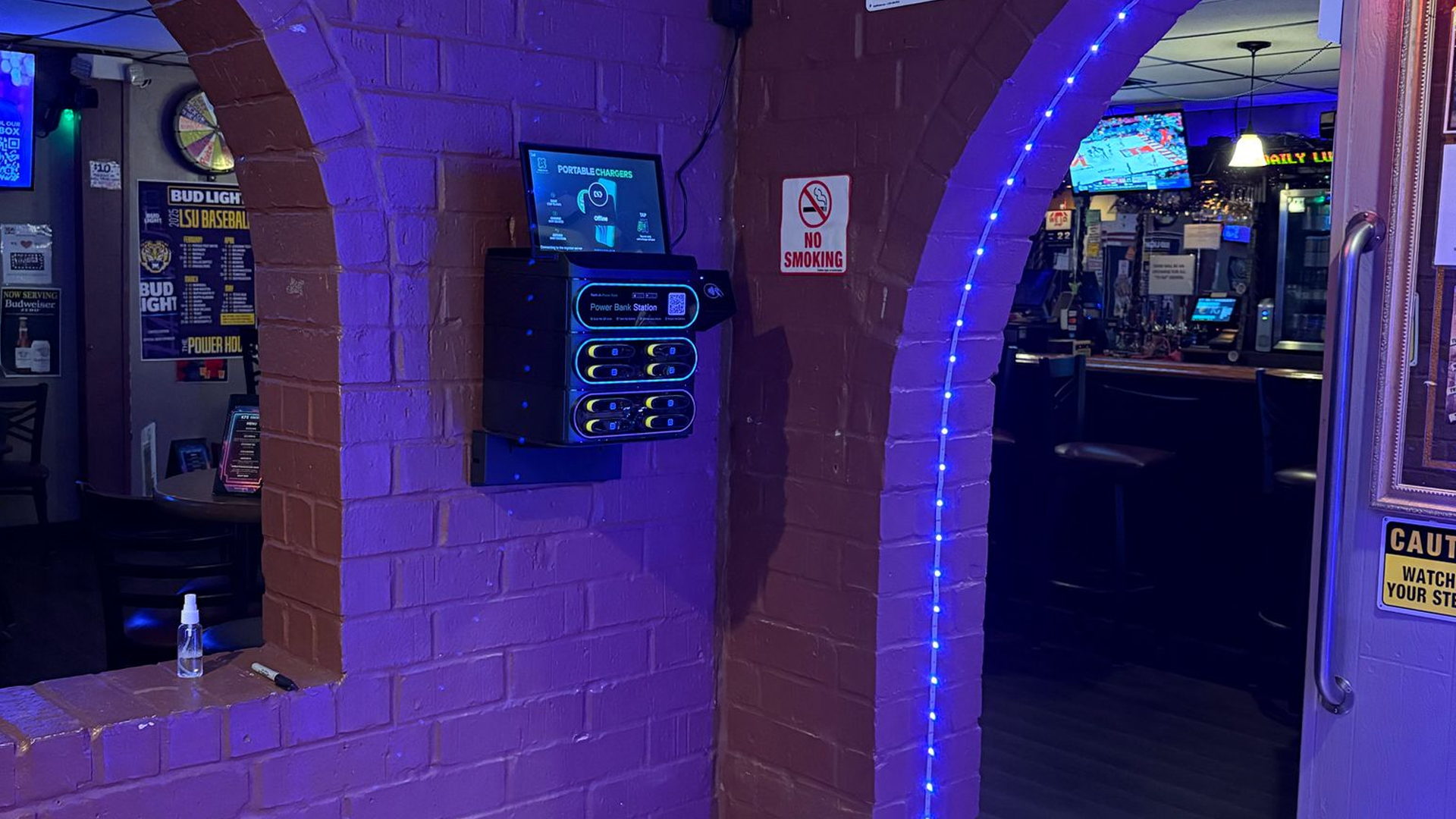
Emerging markets such as Southeast Asia are experiencing rapid development of the mobile internet, with a continuous expansion of the smartphone user base. Moreover, public charging facilities in emerging markets are not yet well-developed, creating broad development opportunities for the charging station power bank market. The demographic dividend and consumption upgrade trends in emerging markets are driving people’s demand for convenient charging services.
People’s charging needs in high-traffic areas such as shopping malls, transportation hubs, and tourist attractions are surging. Investors, through localized operations, are creating favorable conditions for the development of the charging station power bank business.
Part 3: What are the key success factors for the mobile phone charging station business?
- High-Quality Site Layout
Establishing a wide power bank sharing coverage network in core commercial locations with high traffic and long user dwell times. Building long-term and stable partnerships with high-quality site locations can give investors a market advantage.
Reasonable deployment of equipment and the density of phone charging station network points can increase rental rates. Different cities require differentiated layouts: major cities should focus on covering transportation hubs, while towns should focus on core commercial areas.
- Convenient Usage and Precise Compatibility
Phone charging stations are easy to use, catering to different consumer rental habits, providing diverse rental methods, supporting returns at different network points, comprehensively covering life, work, and travel scenarios, and efficiently meeting users’ charging needs anytime, anywhere.
- Efficient Operation Management
Intelligent management systems can remotely monitor equipment operating status, track the distribution, usage status, and rental data statistics of phone charging stations in real-time, enabling intelligent operation and maintenance and saving costs.
- Technological Innovation
Adopting fast charging technology to shorten charging times. Wireless charging functionality to provide convenient charging methods. Intelligent management systems to achieve remote management and fault early warning. Data analysis to optimize site layout and accurately predict demand. Continuous innovation in products and services to maintain a competitive edge.
- Cooperative Network
Establishing long-term partnerships with merchants, brands, local service providers, etc., to expand user channels, reduce promotion costs, and enrich service content.
Part 4: What are the recommendations for shared power bank rental station investors?
In Asian regions, such as China, phone charging station services have become a necessity in people’s daily lives, widely covering high-traffic areas such as shopping malls, restaurants, and transportation hubs. Demand for shared charging services is also continuously growing in North America, Europe, and Southeast Asia markets. With the continuous development of the mobile internet and the increasing user demand for convenient charging, the global phone charging station market has broad development prospects.
Overseas investors and business owners are advised to conduct in-depth market research, develop detailed localized operation plans, and establish risk management systems when exploring and entering the power bank rental market.
Investors should prioritize examining the characteristics and potential of the target market, including mobile internet penetration rates, user consumption habits, and competitive landscape, to choose the appropriate entry points and market positioning, and seize layout opportunities in high-traffic scenarios. Localization of operations needs to adapt to payment methods, multilingual support, and supporting software and hardware. Establishing cooperative networks with local brands and businesses can quickly respond to local market demands.
Summary
Power bank rental, through a diversified business model and precise operational strategies, creates highly promising business opportunities for global investors. Core profits come from rental income, advertising income, value-added services, deposit float income, and sales revenue.
Large-scale operation and layout in high-frequency scenarios, covering high-traffic areas to increase equipment utilization, combined with technological innovation (fast charging, wireless charging, etc.) and intelligent management (real-time monitoring, fault early warning), reduce costs and enhance competitiveness.
The global proliferation of smartphones and increasing reliance on mobile internet are driving market demand. The convenience of power bank rental, with its rent-and-return-anywhere feature, effectively solves users’ “battery anxiety.” Investors need to focus on localized operations, prioritize layout in core cities and tourist areas, and adopt differentiated strategies to seize market share.
If you are interested in the shared power bank business and hope to quickly develop the market, please feel free to contact us at any time. Bajie Charging’s solutions focus on providing you with one-stop professional support. From power bank rental software, hardware, and payment channels, we will tailor the best solutions for investors.
Bajie Charging’s rich industry experience will help you efficiently deploy a power bank sharing network, quickly cover target markets, and achieve profitability faster. Let us work together to seize the market opportunities in the power banks power station industry!
April 22, 2025


